Have you ever caught your cat staring at you with those deep, mysterious eyes and wondered, “Does she really get what I’m feeling?” Or maybe your dog bounds over, tail wagging, when you’re feeling down, and you think, “He always knows when I need him.” The age-old debate over whether cats or dogs are better at understanding human emotions is more fascinating—and surprising—than you might think. There’s science, there’s heart, and there’s a whole lot of fur. Let’s dive into this captivating world where whiskers meet wagging tails, and see if our feline friends really have the upper paw when it comes to reading our feelings.
The Mysterious Language of Cats

Cats are often seen as enigmatic creatures, quietly watching from the shadows or curling up beside us when we least expect it. Unlike dogs, who wear their hearts on their sleeves, cats play it cool. But don’t let their aloofness fool you. Research has shown that cats actually pay close attention to our facial expressions and tone of voice. They might not come running every time you call, but that doesn’t mean they don’t notice your mood shifts. Instead, cats might respond in subtler ways, such as sitting closer, purring more, or blinking slowly at you—a feline sign of affection and empathy. This secret language makes cats fascinating companions for those willing to look beneath the surface.
Dogs and Their Empathy Antennae
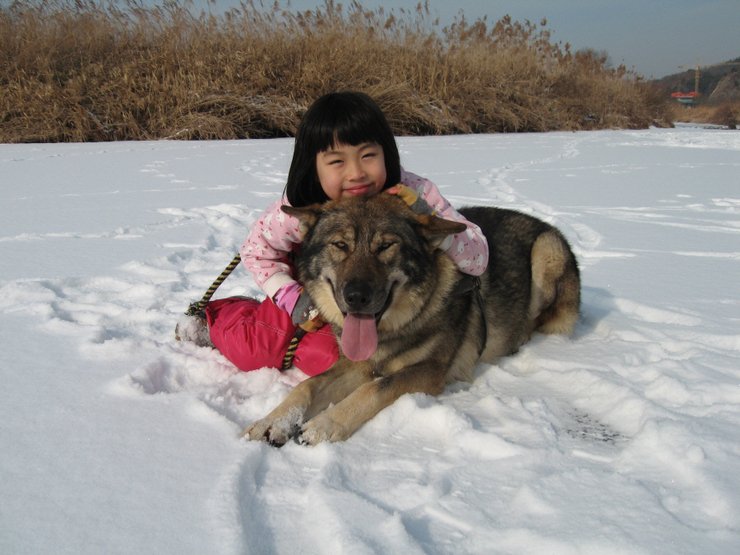
Dogs are famous for their ability to sense our feelings. It almost seems like they have a sixth sense for when we’re happy, sad, or anxious. Studies have shown that dogs can distinguish between happy and angry faces, and they often mirror our emotions. When their owners are stressed, dogs may become agitated or try to comfort them. This strong bond is partly due to thousands of years of domestication, where dogs evolved alongside humans and learned to read our cues. Their wagging tails, soulful eyes, and eager-to-please attitudes make them natural emotional companions.
The Science of Feline Sensitivity
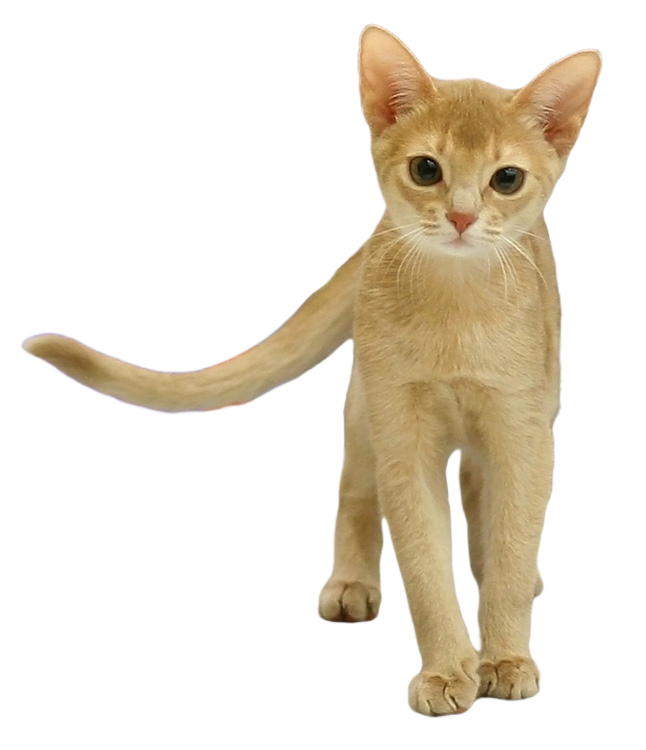
Recent studies have started to unravel just how much cats actually pick up on our moods. One surprising finding is that cats can match their owner’s emotional state, often mirroring stress or calmness. When their people are anxious, cats may hide or become restless; when their humans are relaxed, cats seem to lounge more comfortably. Scientists have even discovered that cats can recognize their owner’s voice and pick up on subtle emotional cues, such as the pitch and rhythm of speech. This shows that, while cats might not be as demonstrative as dogs, their emotional radar is sharper than we once believed.
Why Dogs Are Called Man’s Best Friend

There’s a reason the phrase “man’s best friend” has stuck around for centuries. Dogs have a unique knack for forging deep emotional bonds with humans, and this connection is often visible in their behavior. When you’re crying, your dog might nuzzle into your lap or lick your face in an attempt to comfort you. Dogs rely heavily on body language and facial recognition, which helps them respond quickly to our emotional states. Over time, this responsiveness has made dogs indispensable partners for people needing emotional support, therapy, or just an understanding friend.
Do Cats Really Care?
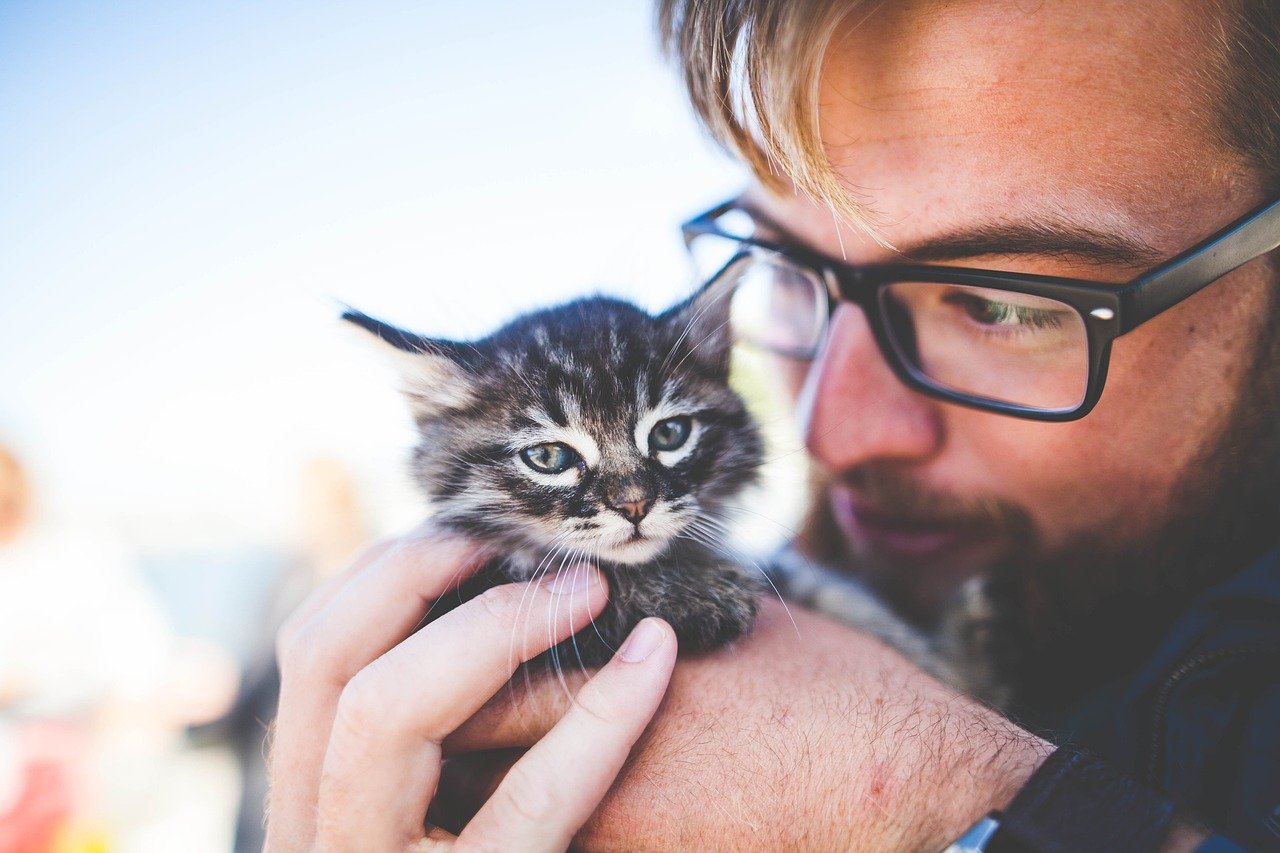
It’s a question that has sparked debates in living rooms and online forums for years: do cats really care about how we feel? While cats may not show emotion in the same way as dogs, research suggests they do care, just in their own subtle way. For instance, cats often approach their owners and seek physical contact when their humans are upset or ill. They may rub against your legs, curl up on your chest, or simply sit nearby, providing quiet companionship. This understated approach can be just as comforting as a dog’s enthusiastic attention, especially for those who value a gentle, calming presence.
Reading Human Faces: Cats vs. Dogs

When it comes to reading human faces, both cats and dogs have impressive abilities, but they go about it differently. Dogs are experts at interpreting a wide range of expressions, from smiles to frowns, and can even follow our gaze to understand what we’re looking at. Cats, on the other hand, tend to focus more on their owner’s eyes and overall demeanor. They may not always respond with obvious gestures, but they’re often quietly taking it all in. Some studies suggest that cats can distinguish between happy and angry faces, especially those of their primary caregivers. This subtle perception helps cats adjust their behavior to fit the emotional climate of the home.
The Role of Body Language

Both cats and dogs are highly attuned to body language, but they interpret it in unique ways. Dogs are likely to pick up on big gestures—think waving arms or slumped shoulders—and respond accordingly. Cats, meanwhile, pay close attention to smaller, more nuanced movements, like a twitch of the fingers or a sigh. This attention to detail lets them sense when something is off, even if you’re trying to hide it. In many ways, a cat’s careful observation can feel almost uncanny, as if they’re reading your mind. Whether you prefer a dog’s overt concern or a cat’s subtle support might just come down to your own personal style.
The Impact of Domestication
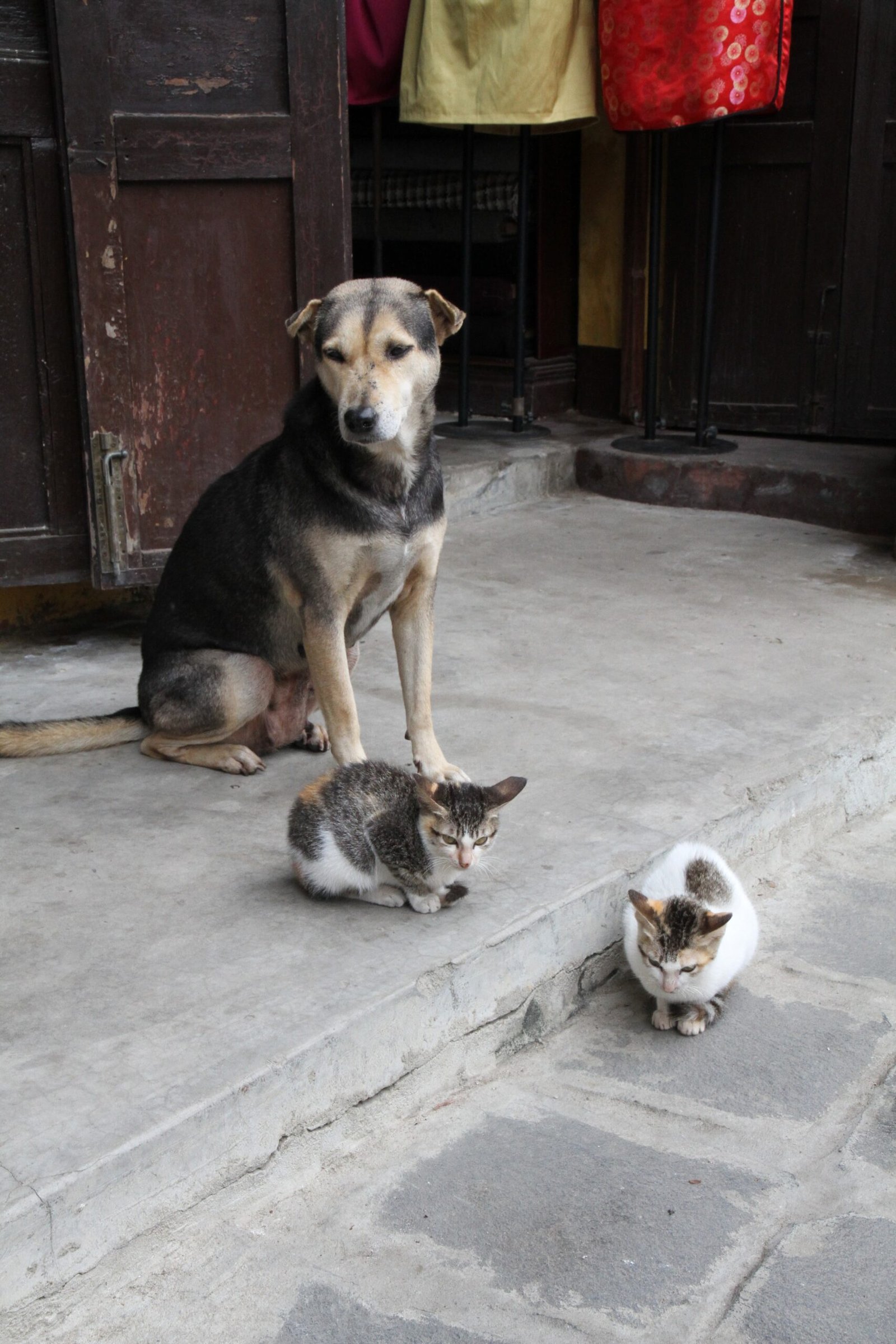
The history of domestication plays a big role in how cats and dogs understand human emotions. Dogs have been bred for thousands of years to work alongside humans, leading to a deep-seated ability to read our cues and respond emotionally. Cats, on the other hand, were domesticated more for their hunting skills and pest control abilities. They’ve only recently started to adapt to the intricacies of human behavior. Despite this, modern cats are becoming more in tune with their human companions, showing that even a few generations of close living can make a big difference in emotional understanding.
Attachment Styles in Pets

Just like people, cats and dogs display different attachment styles towards their owners. Dogs are often more openly attached and show signs of distress when separated from their humans. They thrive on routine and reassurance. Cats, while sometimes seen as independent, can also form strong attachments. They may follow you from room to room, greet you at the door, or become anxious when you leave for extended periods. The nature of these attachments influences how each pet responds to our emotional highs and lows, making the bond between human and animal uniquely personal.
How Cats Offer Comfort

Cats have their own special way of providing comfort. Some will curl up beside you when you’re feeling down, offering warmth and a soothing purr that can ease anxiety. Others might bring you small “gifts,” like toys or, occasionally, less pleasant surprises from the yard. This is their way of saying they care. The act of petting a cat has even been shown to lower blood pressure and promote relaxation, proving that feline companionship can be a powerful antidote to stress. For many cat lovers, this quiet support means everything.
Dogs as Emotional Support Animals

The use of dogs as emotional support animals is widespread, and it’s easy to see why. Dogs are naturally tuned in to their owner’s needs and are quick to offer comfort. They can sense when you’re upset and often respond with physical affection or playful antics to lift your spirits. This ability to provide immediate and obvious support makes dogs ideal for therapy roles in hospitals, schools, and nursing homes. It’s no wonder that dogs are often the first choice when someone is seeking a companion to help manage emotional challenges.
Are Cats More Independent?

Cats are often labeled as independent, but this doesn’t mean they’re emotionally distant. In fact, many cats form deep bonds with their owners and can be incredibly loyal. Their independence simply means they may choose when and how to engage with you, rather than constantly seeking attention. This can be refreshing for people who appreciate a bit of space, while still enjoying the comfort of a loving pet. The balance between independence and affection makes cats a unique choice for those who want a companion that respects boundaries.
Training and Emotional Intelligence

Training plays a big role in how pets respond to our emotions. Dogs are generally easier to train and often learn to associate certain behaviors with emotional cues. For example, a dog might learn to sit quietly when you’re sad or bring you a toy when you’re happy. Cats can be trained too, though it requires patience and a different approach. Reward-based training can help cats learn to respond to your feelings, though their reactions may always be subtler than a dog’s. The process of training itself can strengthen the emotional bond between pet and owner.
The Influence of Routine

Both cats and dogs thrive on routine, and changes in your emotional state can disrupt their sense of security. Pets quickly pick up on changes in your daily habits, such as sleeping more, eating less, or speaking in a different tone. Dogs might try to get your attention with playful behavior or extra cuddles, while cats may become more vocal or seek out new hiding spots. Maintaining a consistent routine helps reassure your pets and can even help stabilize your own emotions. In many ways, your pet’s need for routine can serve as a gentle reminder to take care of yourself, too.
Social Intelligence in Cats

Cats are often underestimated when it comes to social intelligence. While they may not be as outwardly social as dogs, cats are keen observers of human behavior. They learn quickly who in the household gives them food, who plays with them, and who offers the most affection. Over time, they adjust their interactions to suit each person’s temperament. Cats can even form alliances with other pets, using their social smarts to navigate complex household dynamics. This adaptability is a testament to their quiet intelligence and emotional sensitivity.
Dogs and Vocal Cues
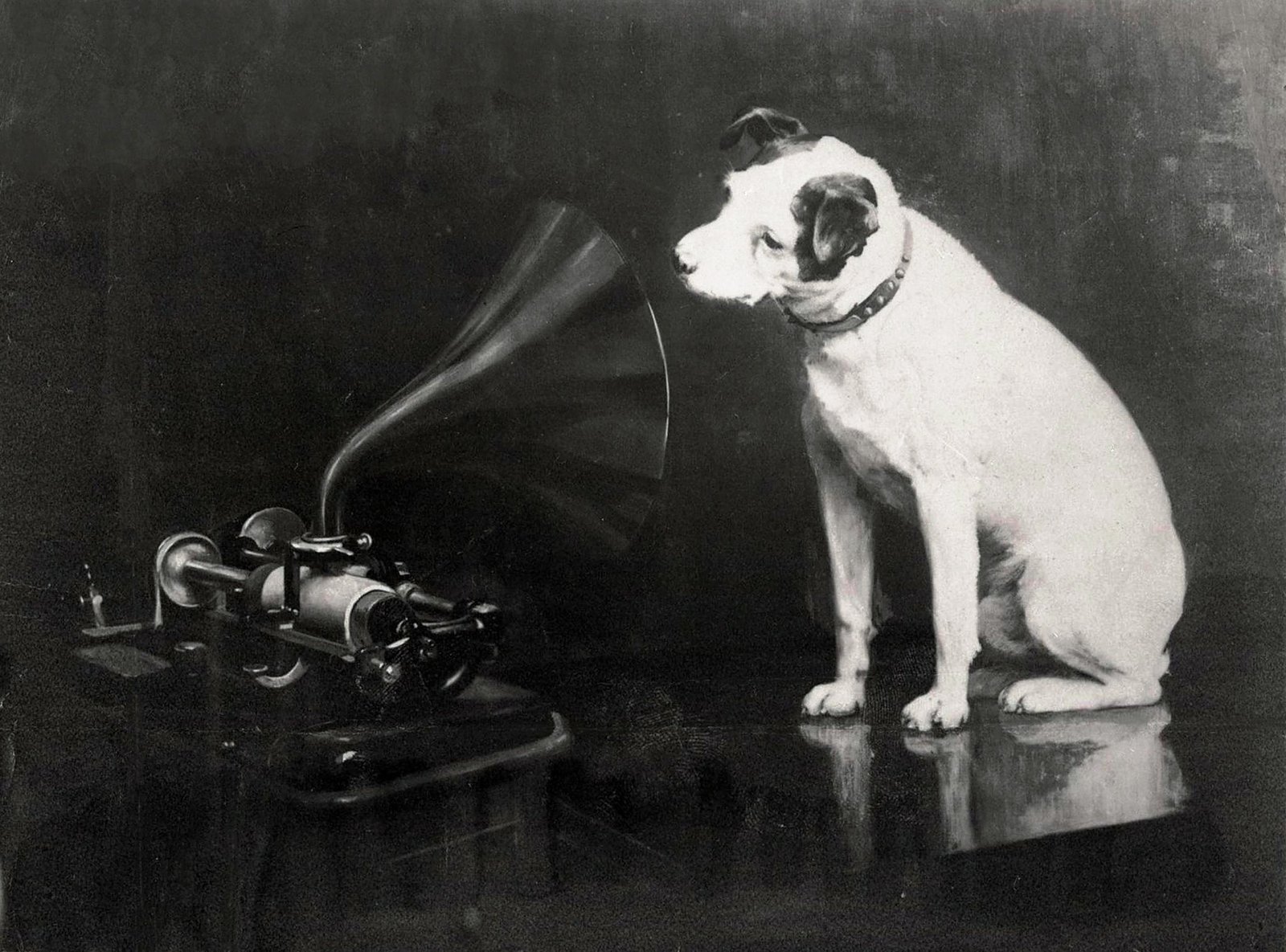
Dogs are highly responsive to vocal cues, often picking up on subtle changes in pitch, volume, and rhythm. If you speak in a cheerful tone, your dog is likely to perk up and become more playful. On the other hand, a stern or sad voice can cause your dog to become subdued or anxious. This sensitivity to vocal cues allows dogs to react quickly to our changing moods, making them seem almost telepathic at times. Their ability to “listen” goes far beyond understanding commands—it’s a real-time emotional connection.
Feline Communication: The Power of Purring

One of the most remarkable aspects of feline communication is the purr. Cats use purring not only to express contentment but also to comfort themselves and their owners. There’s even evidence that the frequency of a cat’s purr can promote healing and reduce stress. Many cat owners report that their pets purr more intensely when they’re upset, as if the cat is trying to offer comfort. This gentle vibration is a unique way for cats to connect emotionally with their humans, providing soothing support without a single word.
The Human Factor: Owner’s Influence

Our own emotions and behaviors have a huge impact on how our pets respond to us. Dogs and cats both look to their owners for cues about how to act, especially in stressful situations. If you remain calm and upbeat, your pets are more likely to be relaxed and happy. On the flip side, if you’re anxious or irritable, your pets might mirror those feelings. This emotional feedback loop can strengthen the bond between you and your pet, but it also means that taking care of yourself is key to keeping your furry friends emotionally healthy.
Cultural Perceptions and Bias
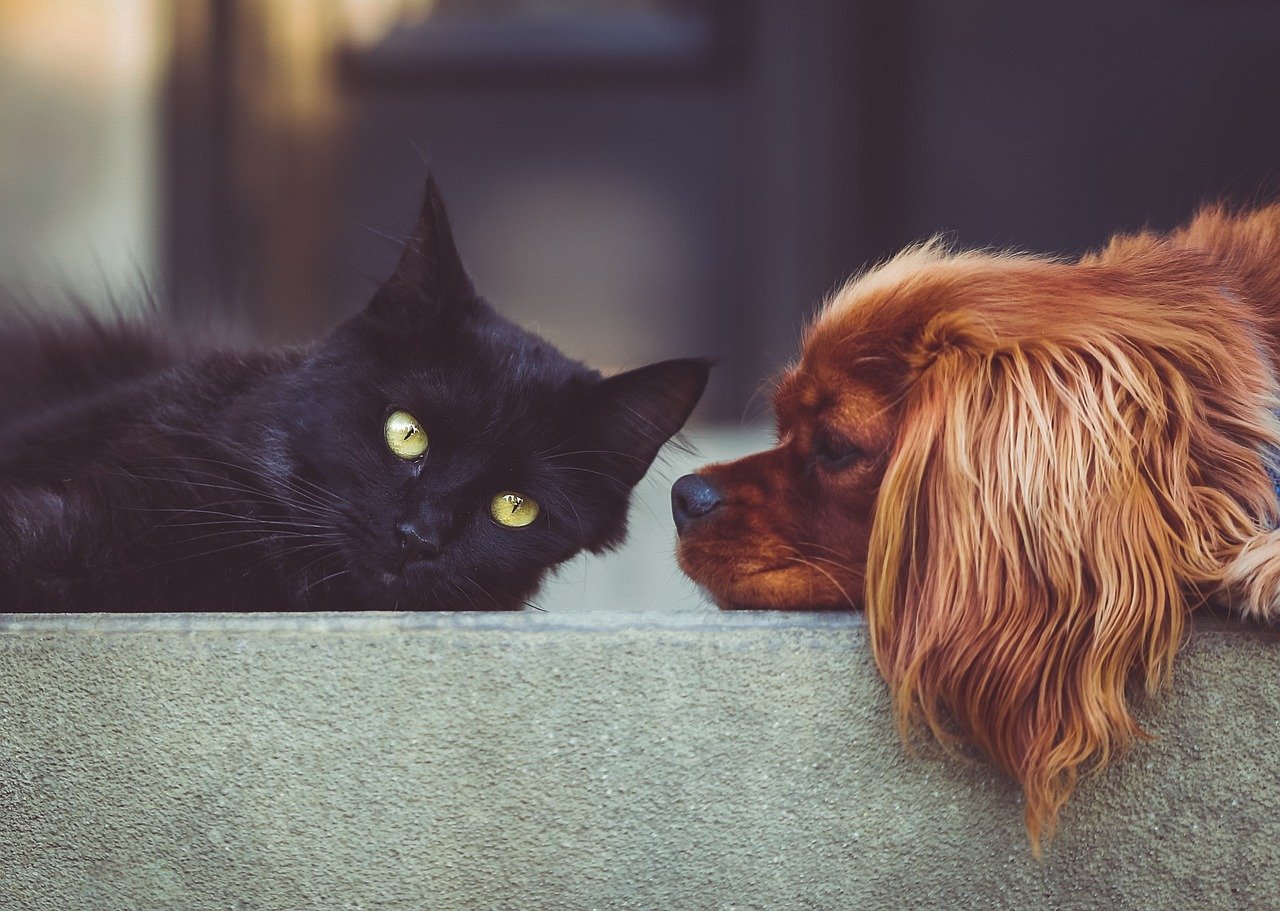
Cultural attitudes toward cats and dogs can shape how we interpret their emotional intelligence. In some cultures, dogs are celebrated for their loyalty and emotional depth, while cats are seen as mysterious or aloof. These perceptions can affect how we interact with our pets and what we expect from them. It’s important to remember that every animal is an individual, with its own personality and way of expressing emotion. By keeping an open mind, we can better appreciate the unique qualities that both cats and dogs bring to our lives.
Personal Stories: When Cats Surprise Us

Many cat owners have stories of their feline friends showing unexpected empathy. From sitting beside a sick child to curling up with someone who’s had a tough day, cats have a knack for showing up when they’re needed most. These moments can be incredibly moving, reminding us that cats are far more emotionally attuned than we sometimes give them credit for. Whether it’s a comforting purr, a gentle nudge, or just silent companionship, cats have their own special way of saying, “I’m here for you.” These personal experiences add a heartfelt dimension to the debate over emotional intelligence in pets.
The Ongoing Debate: Who Understands Us Best?

The question of whether cats or dogs understand human emotions better is far from settled. Both animals have evolved alongside us, developing unique ways to connect and communicate. Some people swear by the unwavering loyalty and empathy of dogs, while others find deep comfort in the quiet understanding of their cats. Ultimately, the answer may come down to personal preference and the individual personalities of the pets involved. What’s clear is that both cats and dogs have a remarkable capacity to tune into our emotions, making them cherished companions in our lives.
Hi, I’m Bola, a passionate writer and creative strategist with a knack for crafting compelling content that educates, inspires, and connects. Over the years, I’ve honed my skills across various writing fields, including content creation, copywriting, online course development, and video scriptwriting.
When I’m not at my desk, you’ll find me exploring new ideas, reading books, or brainstorming creative ways to solve challenges. I believe that words have the power to transform, and I’m here to help you leverage that power for success.
Thanks for stopping by, Keep coming to this website to checkout new articles form me. You’d always love it!






